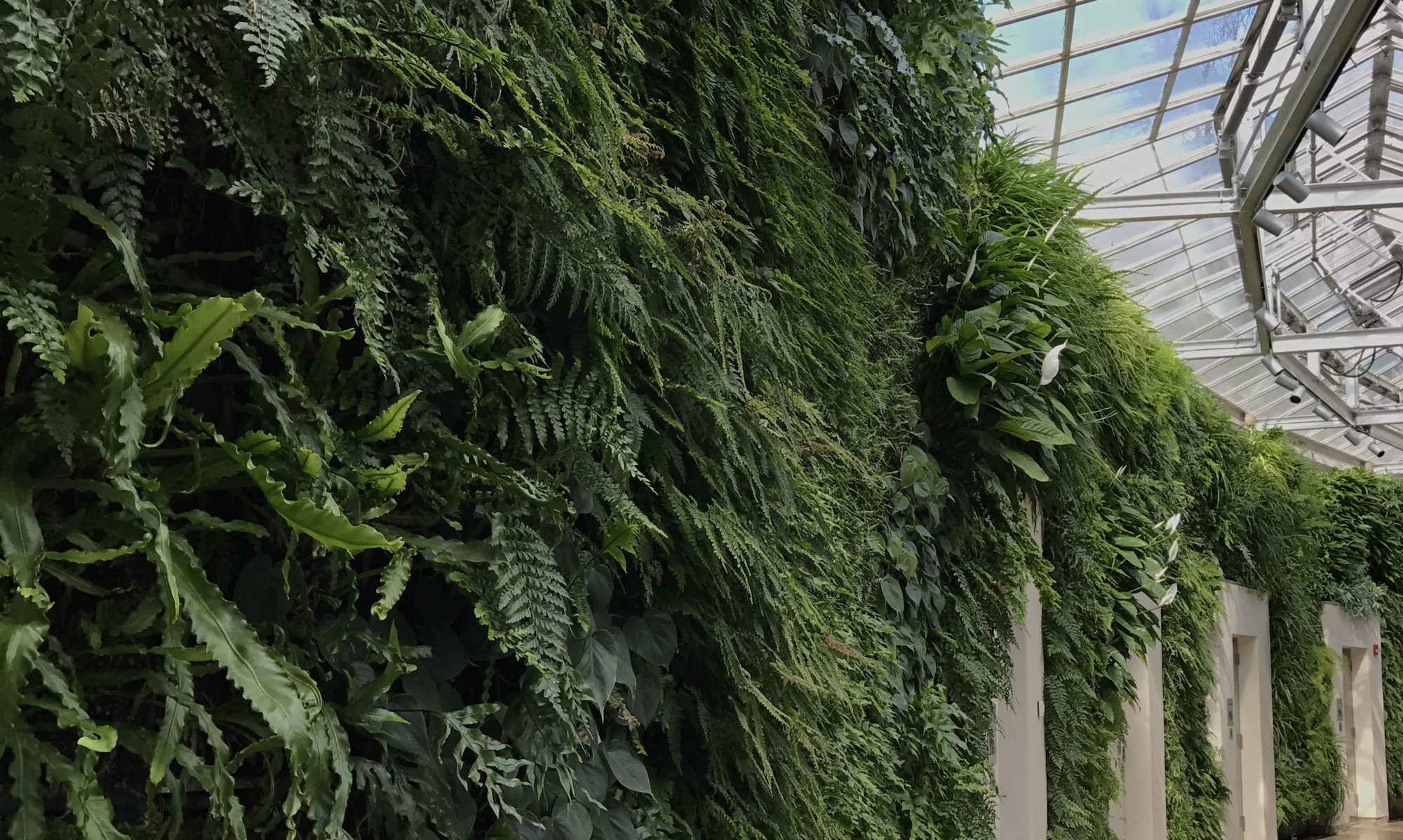Yesterday I held my first Healing our Quiet Parts: An Antiracist IFS Workshop for White Allies. The workshop uses Internal Family Systems (IFS) and is influenced by values from a 6-month course in Somatic Abolitionism founded by Resmaa Menakem.
From IFS, I know that we all have a lot of parts helping manage all the situations we find ourselves in. That many parts try to keep us from feeling ashamed or guilty or lonely. These are likely protecting younger, more traumatized parts that experienced a lot of emotional pain. Thankfully these younger parts can be healed using IFS protocols. And the protective parts can relax if they learn our current age and witness our current life skills and surroundings (friends, lovers, family, job, home).
Using IFS to explore our parts and their impact on our bodies helps disrupts the tendency of white folk to tell stories or center their intention over their impact. From Somatic Abolitionism I learned that we must focus on ongoing community/group work, that healing is best done together, much as dreaming of a just world should be done together.
IFS helps identify the underlying younger parts that need healing and explore the complexity of the system: all the worries and fears that interfere with our ability to move forward, to be true allies and advocates in antiracist work. Healing younger part gives us the flexibility to approach the work from a more centered, creative, and calm place over time.
It was my first time delivering a workshop in nearly 10 years, so I invited four friends to my test workshop. It reminded me that healing work is best done with friends, or like-minded folk who sufficiently trust each other to have honest, vulnerable conversations about their experiences. There were silences throughout, but they were silences of growth and reflection, and the seeds of change.
Since I wanted to create an opportunity for change, I wanted to reassure all parts that the goal of the work was a compassionate listening ear. So we did a lot of work around the gifts/wisdom of the parts, whether those parts are excited to do antiracist work, or nervous about increasing the vulnerability and visibility of a person when they speak up. I learned that there may be true terror tied to speaking up, which may be a legacy burden white bodies carry (and probably many others).
I look forward to learning more as I continue this work. I approach this work not as an expert but as a collaborator and co-learner. I am doing this in part to increase community ties for myself and others.
As I had suspected there is a lot to be done! This is the first in a planned series of three workshops. First we get to know some of our protectors and exiles, then in the second workshop we work with our young parts that need healing for the whole system to further relax and engage, and in the third workshop we will work with the legacies of centuries of racism. At least that’s the current rough plan.
If you are interested in bringing a few friends to a four-hour exploration of the parts that get in your way when you want to be an antiracist, please contact me. Thanks for reading.

